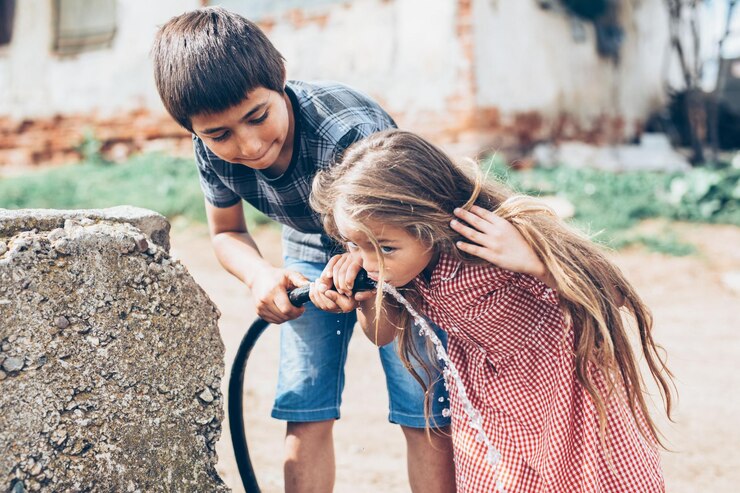Empathy is the ability to understand and share the feelings of others. It is a vital social skill that helps children develop meaningful relationships, show kindness, and navigate the complexities of human emotions. Teaching empathy from a young age not only builds stronger relationships but also creates a foundation for emotional intelligence, compassion, and social harmony.
What Is Empathy and Why Does It Matter?
Empathy is the ability to understand and share the feelings of others. It’s what allows us to step into someone else’s shoes and imagine how they might be feeling. For children, developing empathy is crucial. It helps them build connections, resolve conflicts peacefully, and develop a sense of compassion and kindness toward others.
Empathetic children are more likely to help others in need, show understanding in difficult situations, and communicate more effectively.
The Benefits of Teaching Empathy Early
The earlier you start teaching empathy, the more naturally it becomes part of your child’s everyday behavior. Here are some key benefits of nurturing empathy from a young age:
- Stronger Social Skills: Empathetic children are better at understanding social cues. They know when to offer support and when to give space, which helps them form deeper connections.
- Improved Conflict Resolution: When kids understand how others feel, they’re more likely to resolve conflicts peacefully and consider multiple perspectives.
- Greater Emotional Intelligence: Empathy helps children recognize and manage their own emotions while being sensitive to the feelings of others. This emotional awareness leads to better decision-making and healthier relationships.
- Increased Compassion and Kindness: Empathetic children are more likely to engage in acts of kindness, whether it’s helping a classmate, comforting a friend, or standing up against bullying.
Simple Ways to Teach Empathy to Your Child
Empathy isn’t something that can be taught in a single lesson, it’s a skill that develops over time through everyday experiences. Here are some simple, effective ways to help your child build empathy:
1. Model Empathetic Behavior
Children learn by observing the adults around them. Show empathy in your daily interactions. When your child sees you treating others with compassion, they’ll be more likely to do the same.
2. Practice Active Listening
Teach your child to listen attentively when others are speaking. Encourage them to maintain eye contact, nod in understanding, and respond thoughtfully. Active listening shows respect and helps children build deeper connections with those around them.
3. Recognize and Validate Emotions
When your child expresses their feelings, acknowledge them with empathy. Phrases like “I can see you’re upset, and that’s okay” help children feel understood and teach them to extend the same validation to others.
4. Involve Them in Helping Others
Give your child opportunities to practice empathy in real-life situations. Volunteer as a family, help a neighbor, or encourage them to comfort a friend in need. These experiences reinforce the value of kindness and compassion.

Final Thoughts
Teaching empathy is one of the most valuable gifts you can give your child. It helps them build stronger relationships, develop emotional intelligence, and become compassionate, caring individuals. By modeling empathetic behavior, you can nurture this essential skill from an early age. Remember, empathy isn’t just about understanding others, it’s about building connections that last a lifetime.
Stories are powerful tools for teaching empathy. Choose books like I Wish My Mommy Was An Octopus by Erin Shular. This book explores different emotions as well as experiences and discusses the characters’ feelings and actions. This helps children understand complex emotions and learn how to respond with compassion.
This book is a wonderful way to spark conversations about understanding and appreciating the feelings of others. Grab your copy now!




